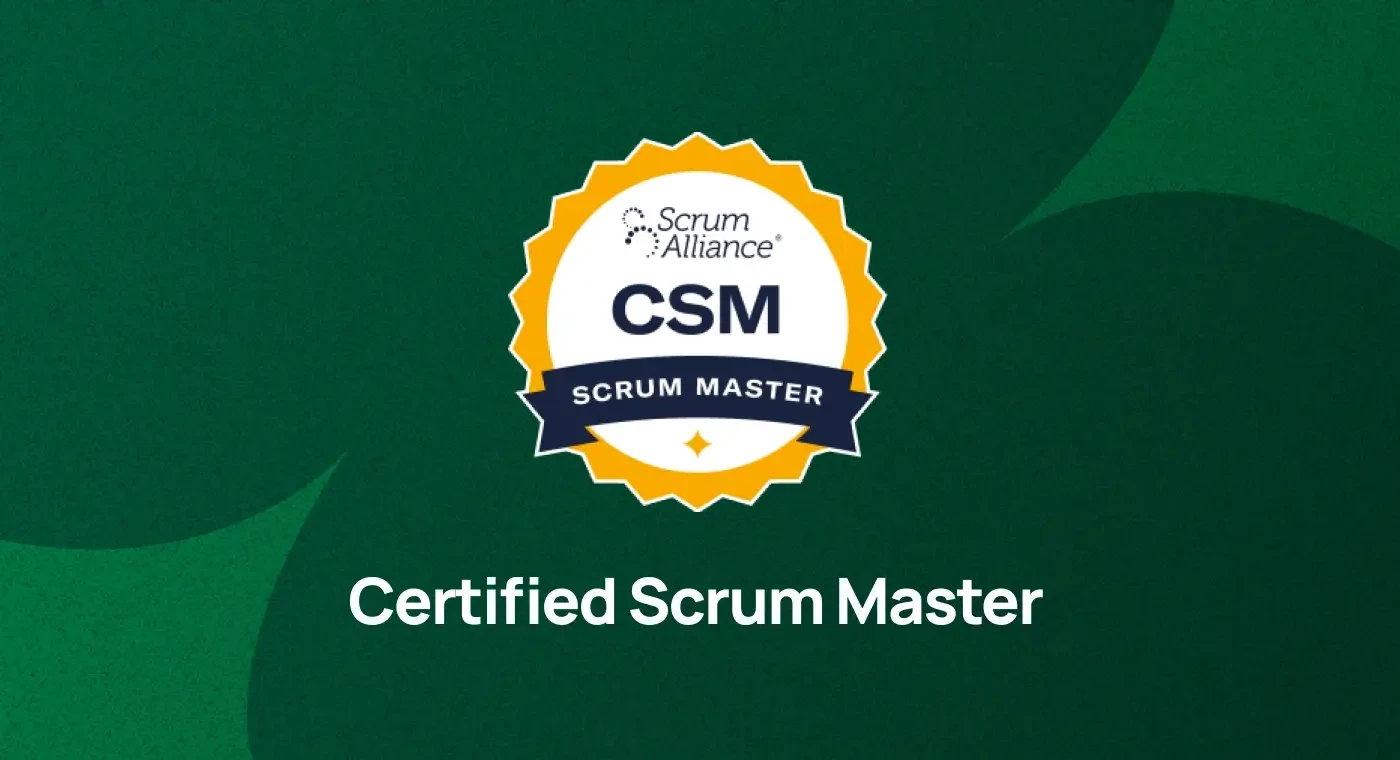Currently Empty: ₹0.00
Agile ALM Tool
Jira Interview Questions and Answers
A product owner in Scrum team who is responsible for the outcome of the project. He maximizes the value of the product by managing and optimizing the product backlog. A product owner’s key responsibility is to define user stories and create a product backlog. No matter whether you are a beginner or an intermediate or an experienced product owner, this write-up will aid you in increasing your confidence and knowledge of product owner. The questions below are divided into various topics catering to product owner. They range from story grooming, user story splitting and estimation, burn down charts and more. Also, this guide provide step-by-steo explanations for every question which will help you understand the concepts well. With Product Owner interview questions, you can be confident about your preparation for the upcoming interview.
Question 1-5
What is Jira?
Jira is a project management and issue tracking tool developed by Atlassian.What are the main uses of Jira?
Bug tracking, project management, Agile/Scrum boards, reporting.What is an issue in Jira?
A task, bug, story, or request tracked in the system.What are the types of issues in Jira?
Bug, Task, Story, Epic, Sub-task.What is a project in Jira?
A collection of issues managed together, often representing a product or service.
Question 5-10
What is a workflow in Jira?
The set of steps an issue moves through from creation to completion.What is a board in Jira?
A visual representation of issues for managing workflows (Scrum or Kanban boards).What are the key Jira components in a Scrum project?
Sprint, Backlog, Story, Epic, Tasks, Sub-tasks.What is the Jira Dashboard?
A customizable homepage that displays project information and gadgets.What is a Jira gadget?
A plugin on the dashboard that displays project statistics or activity.
Question 10-15
What are labels in Jira?
Tags added to issues to group and filter them.What is an Epic in Jira?
A large body of work that can be broken down into smaller stories.What is a Story in Jira?
A user requirement or feature described from the end-user perspective.What is a Sub-task?
A smaller piece of work within a story or task.How do you create an issue in Jira?
Click on “Create” and fill out issue details (type, summary, assignee, etc.).
Question 15-20
What is the purpose of an assignee field?
It designates who is responsible for the issue.What is a watcher in Jira?
A person who receives updates on an issue.What is a resolution in Jira?
Describes how an issue was resolved (e.g., Fixed, Won’t Fix, Duplicate).What are custom fields in Jira?
User-defined fields used to store specific information.What is Jira Query Language (JQL)?
A powerful query language used to search for issues.
Question 20-25
How do you find all open bugs in a project?
project = "XYZ" AND issuetype = Bug AND status != ClosedWhat is a transition in a Jira workflow?
The action of moving an issue from one status to another.What is a resolution date?
The date when the issue was resolved.What is a filter in Jira?
Saved search criteria using JQL.Can you bulk edit issues in Jira?
Yes, with proper permissions, you can edit multiple issues at once.
Question 25-30
What is a sprint in Jira?
A fixed-length iteration used in Scrum boards.What is the backlog in Jira Scrum board?
A list of work items not yet added to a sprint.What is the difference between Kanban and Scrum boards in Jira?
Scrum uses sprints; Kanban has continuous delivery.What is a status category in Jira?
The grouping of statuses as “To Do,” “In Progress,” or “Done.”What are permissions in Jira?
Controls what users can see or do in a project.
Question 30-35
What is a component in Jira?
Subsections of a project used to group issues by function or team.What is an issue key?
A unique identifier likePROJ-123.What is a priority in Jira?
Indicates urgency (e.g., High, Medium, Low).What is a comment in Jira?
A note or update left on an issue.Can you attach files to Jira issues?
Yes, attachments are supported.
Question 35-40
What is an activity stream?
A record of changes made to issues.What is a version or release in Jira?
A set of issues to be released together.How do you link issues in Jira?
Use "Link Issue" to show dependencies or relations.What is time tracking in Jira?
Tracks estimated, remaining, and logged time on an issue.What is a transition screen?
A screen that appears when moving issues to another status.
Question 40-45
What is a default assignee?
A user or role automatically assigned to new issues in a component.What is Jira Software vs Jira Core?
Jira Software includes Agile features; Jira Core is for business workflows.What is Jira Service Management?
A tool for IT service desk and customer support.Can you clone an issue?
Yes, to create a copy of an existing issue.What is a board column?
Represents a status in the workflow.
Question 45-50
What is a swimlane in Jira?
Visual lanes used to group issues on a board.Can you assign an issue to multiple users?
No, only one assignee per issue is allowed.What is auto-assignment in Jira?
Automatically assigns issues based on certain criteria.How do you archive a project in Jira?
Admins can archive via project settings (in cloud/data center).How do you export issues from Jira?
Use filters and select Export (CSV, Excel, etc.).
Question 1-5
What is the difference between a workflow and a workflow scheme?
A workflow defines issue states; a scheme assigns workflows to issue types.How do you customize a workflow?
Via Jira admin settings: add statuses, transitions, conditions, validators.What are conditions in a workflow?
Define who can execute a transition.What are validators in a workflow?
Ensure conditions are met before allowing transition (e.g., field filled).What are post functions?
Actions taken after a transition, like assigning an issue or updating fields.
Question 5-10
What is an issue security scheme?
Controls visibility of issues based on user roles or groups.What is a notification scheme?
Defines who gets notified about issue changes/events.How does Jira handle Agile estimation?
Using story points or time-based estimates.How do you manage releases in Jira?
Use versions, assign issues to versions, and release from the Versions panel.How do you plan a sprint in Jira?
Drag issues from the backlog into a sprint, set dates, and start sprint.
Question 10-15
What is the purpose of a sprint burndown chart?
Tracks remaining work over time during a sprint.What is a velocity chart in Jira?
Shows story points completed per sprint.What is the role of epics in planning?
Organize stories and features into large initiatives.What is a board filter?
A JQL query defining what issues appear on the board.What are Quick Filters in Jira?
Predefined filters to quickly view specific issues on the board.
Question 15-20
What is a resolution field?
Required for “Done” statuses; indicates how the issue was completed.How do you close a sprint?
Click “Complete Sprint,” review remaining issues, and move them.What is a portfolio in Jira (Advanced Roadmaps)?
A view of multiple projects and plans across teams.What is a dependency in Advanced Roadmaps?
A relationship where one issue relies on another’s progress.How do you track team capacity in Jira?
Use Advanced Roadmaps or 3rd party plugins to set availability.
Question 20-25
What is a resolution field?
Required for “Done” statuses; indicates how the issue was completed.How do you close a sprint?
Click “Complete Sprint,” review remaining issues, and move them.What is a portfolio in Jira (Advanced Roadmaps)?
A view of multiple projects and plans across teams.What is a dependency in Advanced Roadmaps?
A relationship where one issue relies on another’s progress.How do you track team capacity in Jira?
Use Advanced Roadmaps or 3rd party plugins to set availability.
Question 25-30
What are issue collectors?
Web forms that allow users to create Jira issues from websites.How do you restrict fields based on roles?
Use field configuration schemes and workflow conditions.What is an automation rule?
A rule that triggers actions based on conditions (e.g., auto-assign on creation).What are global permissions?
Permissions that apply across all projects (e.g., Administer Jira).What are project roles?
Customizable roles like Developer, Tester, Project Lead.
Question 30-35
What is a project lead in Jira?
The default owner of a project who receives updates and assignments.How do you handle recurring tasks in Jira?
Use automation or scheduled tasks via marketplace plugins.What is a board swimlane based on stories?
Groups sub-tasks under their parent stories.How do you disable a user in Jira?
Go to user management and deactivate the account.What are Jira project templates?
Predefined configurations for business, software, and service projects.
Question 35-40
How do you move an issue to another project?
Use “Move” option and map fields, workflow, and issue types.What happens when you delete an issue?
It’s permanently removed unless audit logs or backups are enabled.How do you log work in Jira?
Use the “Log Work” button on the issue screen.What is SLA in Jira Service Management?
Time-based goals for response and resolution times.What is a calendar gadget?
Displays issue due dates or custom date fields in calendar view.
Question 40-45
How do you link Jira and Confluence?
Use application links to reference Jira issues in Confluence pages.How do you secure API access to Jira?
Use OAuth, Basic Auth, or API tokens.What are Jira workflows with loops?
Cyclical workflows where issues can re-enter previous states.What are system fields in Jira?
Built-in fields like summary, description, status.What is a screen scheme?
Defines which screen appears for create, view, and edit operations.
Question 45-50
What is a field configuration scheme?
Controls required/optional fields and field descriptions.What are the Jira default issue statuses?
To Do, In Progress, Done (can vary based on templates).What is cascading select field?
A custom field with parent-child drop-down values.How can you back up Jira data?
Use built-in backup tools or database-level exports.What is a project category?
Used to group related projects together.What is the issue collector URL used for?
Embed forms on websites to report issues directly into Jira.Can Jira integrate with Git?
Yes, using Bitbucket, GitHub, or integrations like Smart Commits.How do you schedule jobs in Jira?
Via system admin > scheduled jobs (admin access required).What are version release notes in Jira?
A summary of issues delivered in a release/version.What is the difference between a scheme and configuration?
Scheme maps configuration to projects; configuration defines behavior.
Question 1-5
How do you configure cross-project boards?
Use a JQL filter that includes multiple project keys.How do you optimize Jira performance at scale?
Archive old projects, limit custom fields, tune indexing, use data center edition.What is a Jira plugin architecture?
Plugins (or apps) use Atlassian Connect or Forge to extend functionality.What is the significance of indexing in Jira?
Keeps search functionality fast; can be rebuilt if corrupted.How do you manage schema conflicts during imports?
Pre-map fields, workflows, and user roles before importing XML/data.
Question 5-10
How does Advanced Roadmaps calculate capacity?
Based on team velocity or hours logged per iteration.How do you create a custom report in Jira?
Use ScriptRunner, API + external BI tools, or Jira dashboards with gadgets.What is a scripted field in Jira?
Dynamic fields created using ScriptRunner with custom logic.How do you implement conditional fields in Jira?
Use Behaviours (ScriptRunner) or dynamic forms via apps.What is Jira Insight?
Asset and configuration management module (now part of Jira Service Management).
Question 10-15
How do you implement CI/CD integration in Jira?
Link to tools like Jenkins, Bitbucket Pipelines, GitLab CI using smart commits.What are entity properties in Jira?
JSON-like storage used for custom metadata on issues or projects.How do you set up a custom event listener in Jira?
Write a Java plugin or use ScriptRunner to capture and act on system events.What is the limitation of JQL?
It cannot do joins, sub-queries, or complex date arithmetic natively.How do you create a Jira dashboard for executives?
Use gadgets like filter statistics, pie charts, burndown charts with shared filters.
Question 15-20
What is the difference between external and internal comments?
Internal (private) are visible to agents; external are visible to customers.What is batched email notification in Jira?
Groups multiple changes into one email for reduced noise.What are application links in Jira?
Securely connect Jira to other Atlassian tools like Confluence, Bitbucket.What is sandboxing in Jira?
Using a separate test environment for configuration testing before live changes.How do you enforce compliance and audit logging in Jira?
Use audit logs, secure workflows, permission schemes, and 3rd-party tools.
Question 20-25
How can you enforce field-level security in Jira?
Use 3rd party apps (e.g., Issue Security Level or Field Security apps).How do you integrate Jira with Microsoft Teams or Slack?
Use webhooks, Jira apps for MS Teams/Slack, and smart card previews.What is Atlassian Forge?
A serverless cloud platform to build secure Jira apps.How do you debug Jira automation rules?
Use rule audit logs to trace execution and errors.What is the scalability limit of Jira Cloud vs Data Center?
Cloud is scalable with limits per plan; Data Center offers clustering for high availability.
Description
The Product Owner is a pivotal role in an Agile team, serving as the primary liaison for stakeholder needs and representing the team’s goals and progress. They are solely accountable for maintaining the quality and value of the team’s output and own the responsibility for managing the product backlog.
Demand for skilled Product Owners is strong across industries. A quick look at job postings shows top companies actively seeking candidates for this role. Currently, there are over 300 open Product Owner positions on LinkedIn in Spain alone. Research indicates that the average annual salary for a Product Owner in the United States is around $105,158, while in India, the average salary is approximately ₹9,97,286 per year, according to Indeed.








